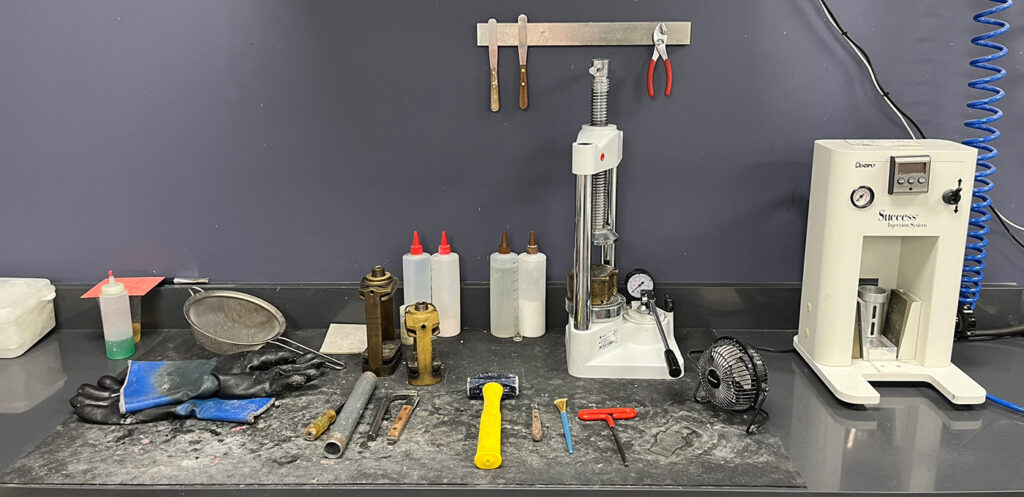Precision in restorative dentistry hinges not only on clinical expertise but also on the quality and accuracy of laboratory work. Dental lab errors can compromise fit, function, and esthetics, leading to costly remakes and dissatisfaction for both clinicians and patients. Understanding these errors — and implementing systems to avoid them — is essential to achieving predictable, high-quality outcomes.
Frequent Dental Lab Errors
Some of the most common dental lab errors include:
- Impression inaccuracies: Even slight distortion, voids, or tray movement can lead to marginal gaps or poor seating of restorations.
- Incorrect shade matching: Inadequate lighting, lack of characterization details, or failure to use digital shade guides results in noticeable mismatches.
- Margin misinterpretation: Poorly captured margins or technician misreads can produce over- or under-extended margins, increasing the risk of recurrent decay or periodontal compromise.
- Inappropriate material selection: Miscommunication about functional demands or esthetic requirements can lead to material failures or compromised esthetics.
- Case communication failures: Missing or unclear instructions on lab prescriptions can cause critical details to be overlooked.
When even one step in the workflow lacks precision, the entire case outcome is at risk.
Best Practices for Preventing Dental Lab Mistakes
Preventing dental lab mistakes starts with a standardized protocol:
- Always use high-quality, full-arch impressions (digital or conventional) with clear margin exposure.
- Submit detailed lab prescriptions, including photographs, shade maps, and material specifications.
- When possible, collaborate in real time with the lab on complex cases through virtual consultations or chairside visits.
- Use digital impression systems to reduce the risk of distortion and improve model accuracy.
- Educate the clinical team on properly capturing and conveying critical case details to the lab.
Open, proactive communication between the dentist and lab technician is key to minimizing risk factors.
Importance of Quality Control in Dental Labs
A robust system of quality control in dental labs is non-negotiable for achieving consistent results. High-performing labs implement:
- Layered technician checkpoints throughout fabrication.
- Digital verification of margins, contacts, and occlusion.
- Standardized photography protocols for shade matching and final restoration approval.
- Ongoing training on evolving materials and CAD/CAM workflows.
- Strict adherence to FDA and ADA guidelines on restorative materials and processes.
Labs that invest in advanced technology and cross-verification protocols significantly reduce the incidence of errors and contribute to more predictable restorative outcomes.
Building a Trusted Partnership
Clinicians who work closely with a laboratory that values precision, communication, and continuous improvement will see fewer remakes, higher patient satisfaction, and stronger clinical efficiency. A relationship built on mutual trust and high standards enables both the practice and the lab to deliver excellence.




